Culturally safe and accessible health care helps to close the gap in health outcomes for Aboriginal and Torres Strait Islander peoples and improves their social and emotional wellbeing.
This priority area has been assessed against available services in our region. We consider service gaps in relation to these needs, and you can view services funded by the PHN through the PHN Services Library.
Opportunities
In the region, our First Nations Strategy and local Health Equity Strategy aim to actively eliminate discrimination that could affect our community members, and institutional racism. This can be achieved through influence on the social, cultural and economic determinants of health by working with Aboriginal and Torres Strait Islander organisations, health services, communities, consumers and Traditional Owners to design, deliver, monitor and review healthcare services.
Potential focus areas include:
- community health education around healthy lifestyles, risky behaviours and available health services
- education to help mainstream services provide accessible and appropriate health care for Aboriginal and Torres Strait Islander peoples
- ways to attract, support and retain Aboriginal and Torres Strait Islander health workers in the region
- transport from rural communities to health services
- partnerships with other organisations to collectively influence health outcomes.
Collaborative partners
- Hospital and Health Services
- Local Governments
- Peak bodies and service partners
- Accreditation and training agencies
- Aboriginal Medical Services
- Aboriginal Community Controlled Health Organisations
- Community leaders.
The outcomes of these actions will be seen in:
- increased life expectancy for Aboriginal and Torres Strait Islander peoples in the region
- decreased rates of chronic disease for Aboriginal and Torres Strait Islander peoples in the region
- increased representation of Aboriginal and Torres Strait Islander workers in the region
- increased access to culturally safe health services by Aboriginal and Torres Strait Islander peoples.
Our progress
Since the 2019–21 HNA high rates of chronic disease and mental health conditions have persisted for Aboriginal and Torres Strait Islander peoples in the region. An increase in Aboriginal and Torres Strait Islander workforce and services, and better access to services, particularly in regional areas, all continue to be critical. The Aboriginal and Torres Strait Islander community of Cherbourg established a Health Council in 2021–22 to create community-led changes in health outcomes.
Breaking down insights
- Health of Aboriginal and Torres Strait Islander peoples
- Mental health of Aboriginal and Torres Strait Islander peoples
- Aboriginal and Torres Strait Islander health services
Related priorities
- Supporting healthy mothers and children
- Providing primary mental healthcare
- Promoting health and preventing disease
- Increasing access and coordination of care
- Increasing workforce capacity and wellbeing
Updated: February 2025
Health of Aboriginal and Torres Strait Islander peoples
The region has a larger proportion of Aboriginal and Torres Strait Islander peoples than the Queensland and Australian averages. Aboriginal and Torres Strait Islander peoples form 6.5% of the region’s population, compared with 5.2% for Queensland and 3.8% across Australia.
Our area of focus
Our region has a high proportion of Aboriginal and Torres Strait Islander peoples; however, they are under-represented in our health workforce. The region also includes the Aboriginal and Torres Strait Islander community of Cherbourg, which established a Health Council in 2021–22 to strengthen the partnership between services and so create community-led changes in health outcomes.
Evidence
- Aboriginal and Torres Strait Islander peoples form 6.5% of the region’s population, compared with 5.2% for Queensland and 3.8% across Australia in 2021 reporting (PHIDU 2025).
- Historically we have seen gaps between these community members and others. For instance, there is an 11.8-year gap in health-adjusted life expectancy for Aboriginal and Torres Strait Islander residents in the Darling Downs region, and an 8.3-year gap for Aboriginal and Torres Strait Islander residents in the West Moreton region, compared with other residents in the data from 2017 (Queensland Health 2017).
- By the age of 5, 97% of Aboriginal and Torres Strait Islander children in the region and 95% of all children in the region were fully immunised in 2022. This rate was slightly above the Queensland average of 94% for all children (Department of Health and Aged Care 2022).
- Residents have told us through community engagement that
addressing the socio-economic factors associated with high morbidity and mortality from chronic disease, child and maternal health, and communicable infectious diseases is essential to improving the health of Aboriginal and Torres Strait Islander peoples. Socio-economic factors include
overcrowding in households, lack of emergency accommodation, lack of food, and lack of financial assistance for patients transferred from their homes and communities. Such support would better enable them to access health care
(Health Consumer Queensland 2020c).
Mental health of Aboriginal and Torres Strait Islander peoples
Compared with other Australians, hospitalisation rates for mental and behavioural disorders are twice as high for Aboriginal and Torres Strait Islander peoples, and deaths due to mental and behavioural disorders are higher for Aboriginal and Torres Strait Islander peoples across all age groups. Suicide death rates and hospitalisation rates due to self-harm are also higher.
Although mental health is an area for which poorer outcomes are reported for Aboriginal and Torres Strait Islander peoples, there is only limited research into the extent and nature of the mental health issues they experience.
Our area of focus
Mental health conditions and suicide rates are higher for Aboriginal and Torres Strait Islander peoples in our region than they are for the general population.
Evidence
- As of February 2022, around one in four Aboriginal and Torres Strait Islander people who regularly attend a general practice in the region had a mental health concern recorded (DDWMPHN 2021b). Depression and anxiety disorders were the most commonly diagnosed conditions.
- Residents wanted to see a
stronger focus on non-acute care for Aboriginal and Torres Strait Islander peoples in the region,
addressing both
physical and mental health. More support for carers was also said to be needed. Mental health concerns for young people were also noted, along with the
need for suicide prevention and mental health programs for Aboriginal and Torres Strait Islander young people
(Health Consumer Queensland 2021b).
Aboriginal and Torres Strait Islander health services
Coordinated, culturally appropriate services across the health system – including primary health care, hospital care and aged care – can improve the patient journey and health outcomes for Aboriginal and Torres Strait Islander peoples. Aboriginal Medical Services provide primary care services to Aboriginal and Torres Strait Islander peoples, mainstream health services also have a role to play in the provision of care (AIHW 2021e).
Our area of focus
Our region can benefit from more culturally safe services for Aboriginal and Torres Strait Islander peoples, and from coordination between services.
Evidence
- Residents told us that when it comes to accessing primary care services among Aboriginal and Torres Strait Islander peoples, they would most like to see (Consumer Health Queensland 2021c):
- reduced wait time to access healthcare services
- improved transport and telehealth options in accessing health services, including general practice, allied health, specialist and hospital care
- increased coordination and communication between community organisations, general practices, Aboriginal Community Controlled Health Services and other healthcare providers.
- Stakeholders identified the following opportunities to support the workforce in providing culturally safe and coordinated care (Health Workforce Queensland, 2021b):
- recruitment and retention of Aboriginal and Torres Strait Islander peoples in rural areas, particularly in mental health and alcohol and other drug support services
- training in cultural awareness and cultural competence
- engagement with elders and community leaders to ensure understanding of Aboriginal and Torres Strait Islander health and cultural needs
- increased Aboriginal Medical Services and liaison officers to support access to multiple services
- increasing
knowledge and understanding of existing healthcare services within HealthPathways and referral systems to increase communication and collaboration, as well as team care arrangements to support the management of chronic health conditions.



